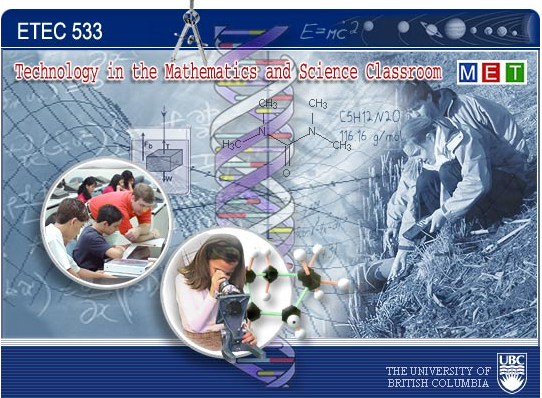In this video, Heather had multiple misconceptions that she acquired over the years. When asked about the seasonal changes, the phases of the moon, she had conceptualized ideas but they were wrong. Heather tought that the earth would go around the sun in a curly loop kind of way and summer appears when the earth is far from the sun and the rays are bouncing of something causing the weather to be warmer. While in winter, as the sun hits the earth directly, then it is colder. After thinking about it, she doesn’t remember where she got this idea of the trajectory of the earth.
Learners do have misconceptions building in time where they just put together ideas, stories, pieces of evidence they heard, saw, felt everywhere. it is not the reality most of the time, but as they haven’t been told otherwise, these are the concepts they keep with them until the day somebody prove them wrong. Even, like Heather, it can be so deeply anchored, they still believe in their theories to be thru.
Teaching grade 6, I often hear multiple misconceptions about science, math or other subjects. Students will bring their baggage with them in class and will show off knowledges in front of friends, but at the same time will learn the hard way. Many times they will argue with me and we will search for answers and test what they know to make sense of the world. Eventually, after discussions and research, they will rebuild their knowledge or clarify some of them. These kids are still at that age where everything on the internet and on TV is reality. Lots of time they don’t even try to find out the legitimacy of the information. As well, they have parents with limited openness of mind and they will demonstrate what they learned at home.
As Driver (2005) is mentioning, many children come to science classes with ideas and interpretations concerning the phenomena that they are studying even when they have received no systematic instruction in these subjects whatsoever. He also says that students may ignore counter-evidence, or interpret it in terms of their prior ideas (p.3).
I believe kids need to be taught how to access the information and be able to manage that information properly. They need to be able to understand, at an appropriate age, what is happening.
As Posner et al. (1982) suggested that there are analogous patterns of conceptual change in learning. Sometimes students use existing concepts to deal with new phenomena. They add, often, however, the students’ current concepts are inadequate to allow him to grasp some new phenomenon successfully, then the student must replace ·or reorganize his central concepts.
References:
- Driver, R., Guesne, E., & Tiberghien, A. (1985). Children’s ideas and the learning of science. Children’s ideas in science, 1-9. Retrieved from: http://staff.science.uva.nl/~joling/vakdidactiek/documenten/driver.pdf
- Posner, G. J., Strike, K. A., Hewson, P. W. and Gertzog, W. A. (1982). Accommodation of a scientific conception: Toward a theory of conceptual change. Sci. Ed., 66: 211– 227. doi: 10.1002/sce.373066020. Retrieved from: http://www.fisica.uniud.it/URDF/laurea/idifo1/materiali/g5/Posner%20et%20al.pdf
